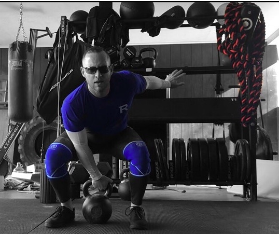
Tactical Breathing: How To Breathe When Lifting
- Do you inhale when the weight is on the way down and exhale when the weight is on the way up?
- Did someone tell you not to hold your breath when lifting?
- Do you currently hold your breath when lifting?
Today I want to talk about the how to breathe when lifting. When I was younger I had a coach tell me that I should inhale when lowering the weight and that I should exhale when lifting the weight up. However, I always struggled with this and I frequently found myself not following my old coach’s advice. So who was right?
How To Breathe When Lifting
So even though I was told early on how I should be breathing when lifting I frequently found myself fighting against this advice. In fact, I found I was totally ignoring my old coach’s advice and pretty much almost holding my breath altogether when exerting myself in a lift…but not completely.
Eventually as I gained more experience and learned more about the body what I realized was that my natural reaction was right and my coach was wrong. How was that possible?
Well it was possible because I was just naturally allowing my body to carry out it’s natural response to physical exertion with a technique known as the valsalva maneuver.
The valsalva maneuver is when you create intra-thoracic pressure when stressing yourself during intense physical exertion. The valsalva maneuver can be done quickly, or it can be drawn out if you must create more thoracic pressure when lifting heavy weight in order to support and stabilize your spine.
So how do you perform the valsalva maneuver?
As you breathe in at the beginning of physical exertion you want to pull air in breathing into your belly. Even though you are pulling air in you’re not taking a big breath to expand your chest and ribcage. This would be counterproductive for intense physical exertion.
The idea here is to breathe into your belly while using this to brace your midsection. As you get the air in and start to exert yourself the key is to keep a closed glottis which is shutting off the airway to your windpipe. If you expel any air at all it’s very slight and can be released between your tongue and your glottis.
Breathing Behind The Shield
You can hold your breath, but also enable a bit of controlled breathing without expanding your ribcage, In martial arts we call this breathing behind the shield. This is how you breathe throwing a punch, or a kick and pushing that air between your tongue and glottis. The first time you hear this it creates a hissing sound sort of like a snake. If you watch fighters, or an experienced kettlebell lifter having to exert themselves over and over with a movement you will hear this.
When breathing behind the shield you can brace your midsection by maintaining intra-thoracic pressure and create tension in your midsection so that you’re strong and stable as if you’re bracing for impact. The best way I can describe this to you is if you can imagine getting ready to take a hit to your stomach. If someone is going to punch you in the stomach you’re not just going to stand their relaxed and absorb it. Instead you’re going to brace your midsection by tightening your muscles by pulling some air in and expelling it when necessary.
How To Breathe When Lifting: The Takeaway
Total physical fitness and performance is about mastering your body in every possible way and this even includes understanding how to breathe.
Are you breathing correctly when lifting?
Do you breathe behind the shield?
Post up and share here below in the comments.
Also if you’re interested in stepping up your training and elevating your core strength development make sure you get started on my…
30 Introductory Bodyweight Exercises here below.
Click On Image Here
Also if you want to learn how to tie these together then make sure you check out my brand new 120 Day Functional Fitness Training Program right here below! I guarantee it’ll get you into the best shape of your life, or I’ll give you your money back no questions asked.
CLICK HERE TO ORDER MY 120 DAY PLAN TO POWERFUL FUNCTIONAL FITNESS!!!
It’s changing lives everyday!
Click On Image Here
Free Weights vs. Machines In Strength Training
What Push-up Protocol Are You Using To Test Yourself?
5 Simple Ways To Measure Your Functional Fitness
3 Functional Strength Drills For Fitness And Performance
4 Guaranteed Ways To Get A Functionally Strong Body
4 Ways To Keep Crushing Strength Gains Beyond Your 30’s
Click on all images below…
If you’re looking to enhance your fitness for MMA and martial arts then make sure to check out my
90 Day MMA Strength And Conditioning Program Here.
Get ONNIT kettlebells here: (Click On Image)
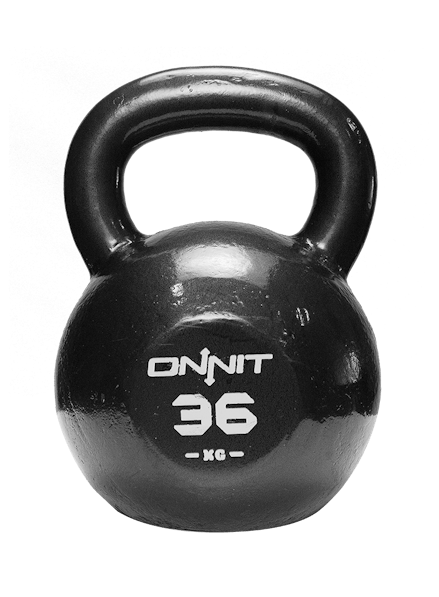
Leave a Reply
You must be logged in to post a comment.
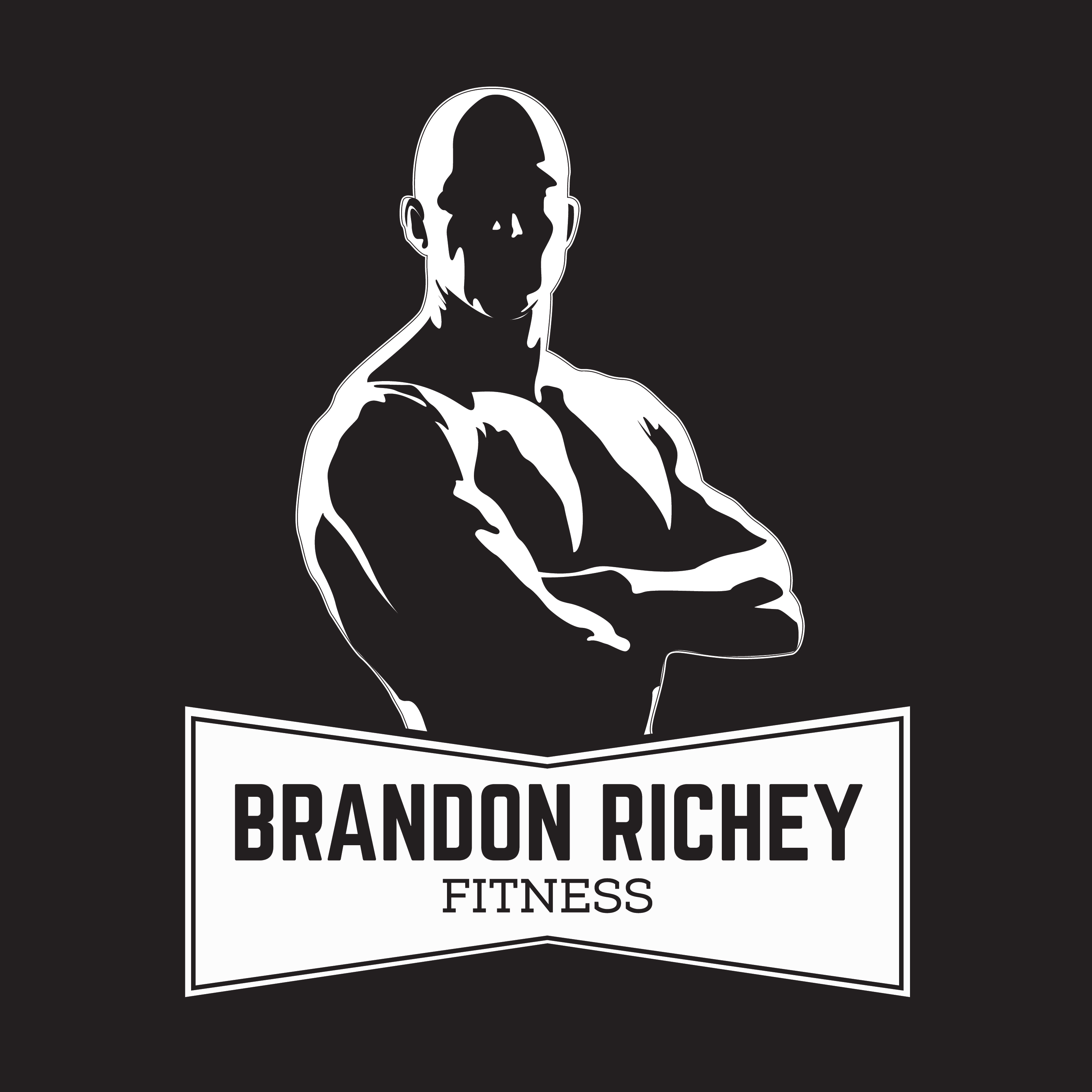



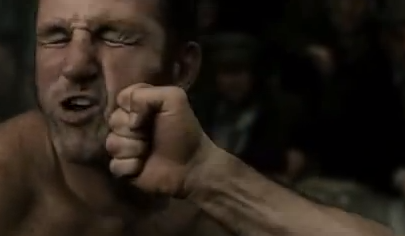
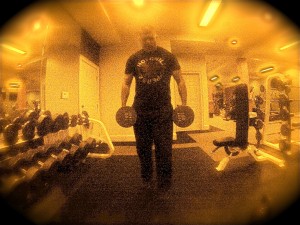
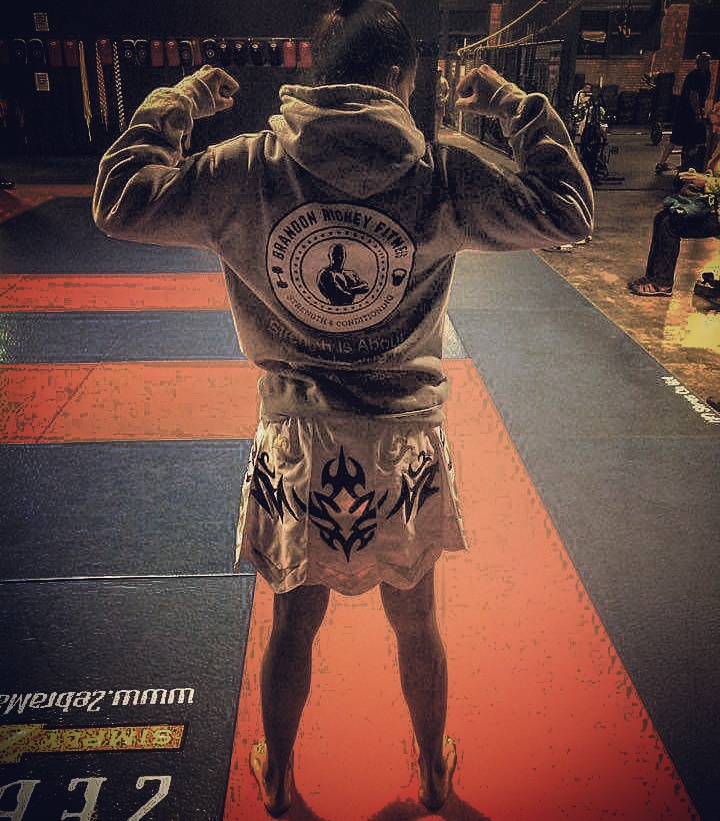
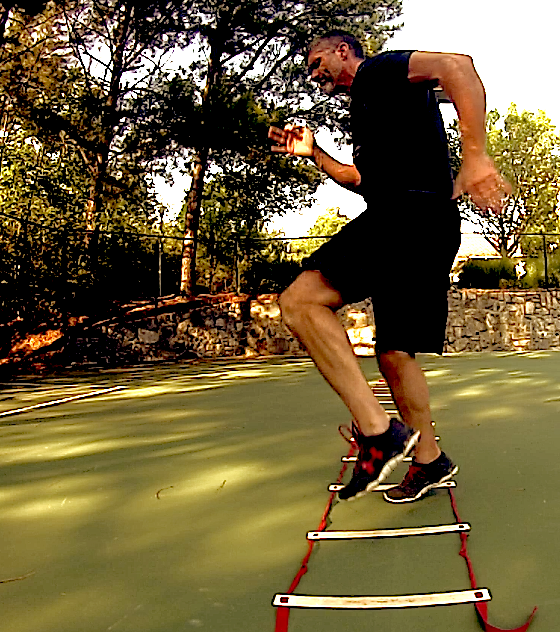
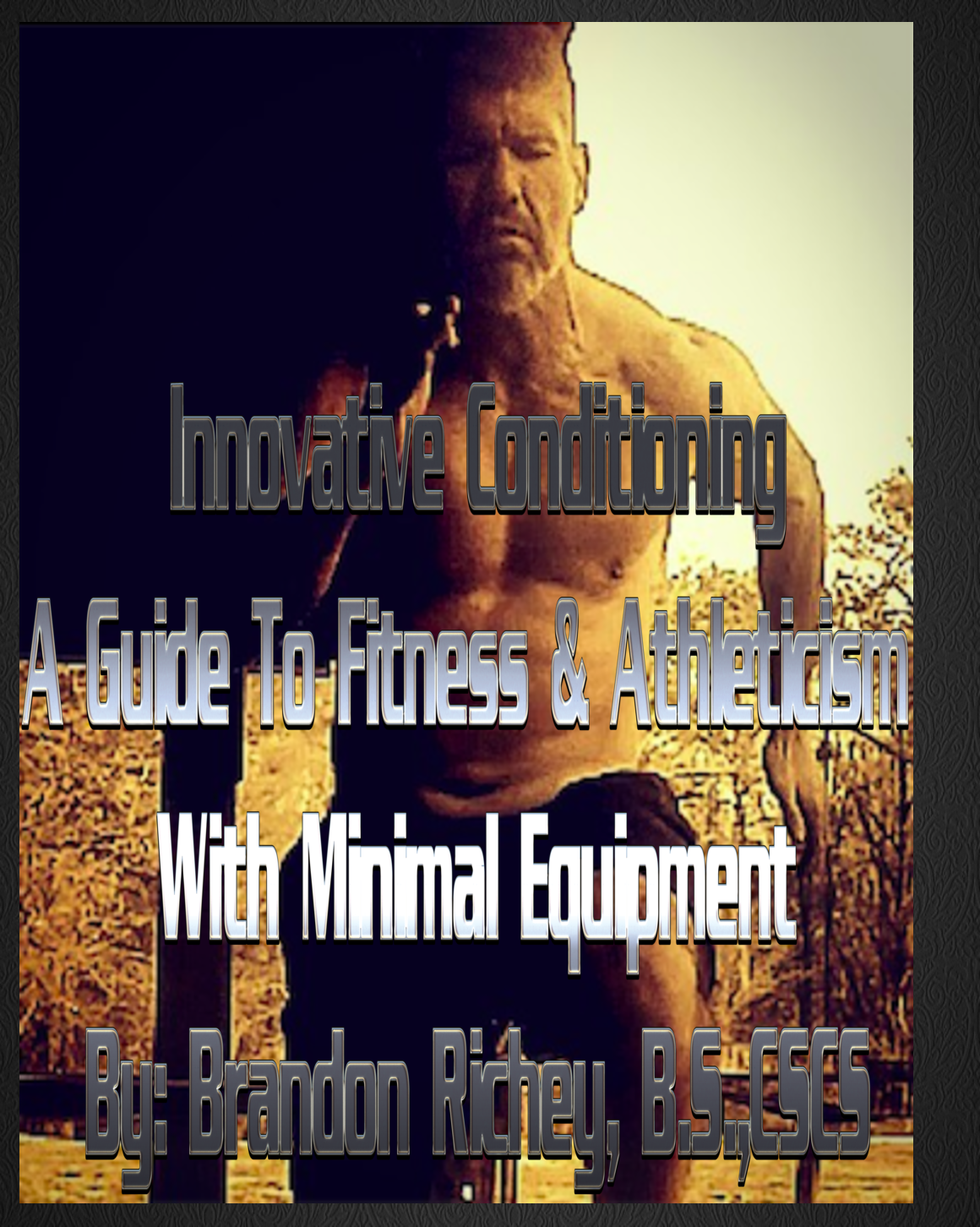
You will often see elite lifters holding their breath during lifts or intense portions of a lift. Just remember, these athletes are trained and this technique isn t suitable for beginners. Holding your breath can skyrocket your blood pressure, make you dizzy and affect your performance and safety.
Thank you for your comment and feedback. Yes, advanced lifters will hold their breathe to a point when lifting. What I discuss in the article is the body’s more natural response to physical exertion which is a technique known as the valsalva maneuver. This is the body’s way of protecting itself by stabilizing the spine under exertion. Sure the act of doing this will spike blood pressure, but all physical activity will spike blood pressure, particularly anaerobic activity such as lifting, or HIIT workouts. This is the natural response of the body during exercise and physical exertion.
The most important thing to remember during strength training is to breathe regularly to establish a rhythm. The biggest problem many have is not that they breathe incorrectly, but rather that they hold their breath. Rhythmic, paced breathing helps to prevent you from getting dizzy. Correct breathing technique helps to avoid problems with blood pressure rising too high during exercise.
Thank you for your feedback! I always appreciate feedback so please don’t be a stranger to the blog. Yes, as I point out in the article the body’s more natural response to physical exertion is a reaction known as the valsalva maneuver. This response increases intra-thoracic pressure to stabilize your spine during heavy lifting, or intense exertion. When performing this maneuver I don’t completely hold in my breath, but rather expel small amounts when executing certain movements. The spike in blood pressure is also a natural response to all anaerobic exercise that is physically intense such as heavy lifting, or HIIT workouts. Thanks again for visiting the blog.